Newbie Upcycle Challenger
Hi everyone, I'm an AmeriCorps member serving in the Twin Cities Habitat for Humanity office. With this illustrious title comes everything you would...
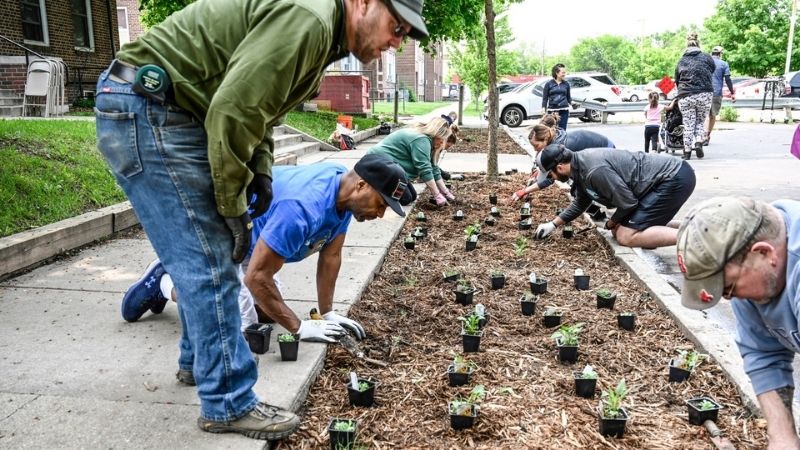
This year at our Jordan Week of Kindness event, our partners at Metro Blooms demonstrated how to plant a rain garden. Here's what we learned so you can plant your own rain garden and help pollinators in your neighborhood.
A rain garden is bowl-shaped garden designed to collect and infiltrate storm water runoff from impervious surfaces such as roads, driveways, roofs, and sidewalks. Minnesota’s lakes and rivers are increasingly polluted. Today, the greatest source of water pollution in urban and suburban areas is storm water runoff.
While Metro Blooms' Blue Thumb program has a useful plant finder filled with Minnesota native plants that help out the environment, here's a couple you might be familiar with:
Anise Hyssop

Purple Coneflower
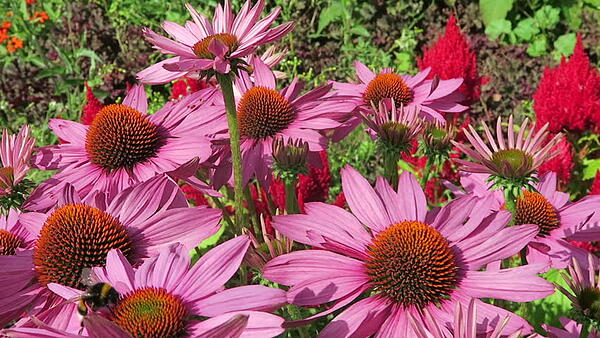
It's important to consider the type of plant and how much water they can tolerate when planning your garden. You wouldn't want to kill these beautiful plants with too much/little water! In the same guide, Blue Thumb explains a little bit further and gives the soil moisture levels for each plant. Be sure to take a look before planting yourself.
For the boulevard garden we planted, we began by removing the current turf and digging three inches below the curb and sidewalk so rain water can be collected by the plants that would soon be living there. We were also told to loosen the dirt - which is an important step!
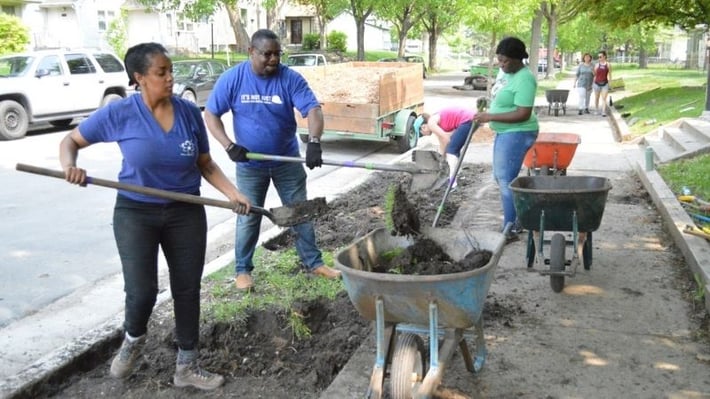
Photo by Christy Ohlrogge
The next task was to add three inches of mulch and level it so we could then get to planting!
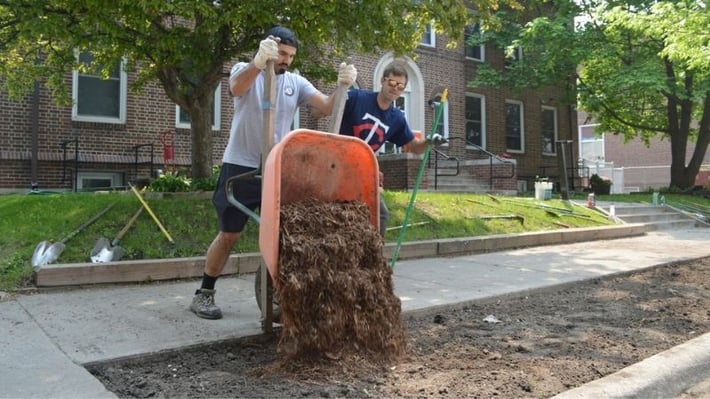
Photo by Christy Ohlrogge
Finally, it was time to plant our lovely native plants. On Metro Blooms' Blue Thumb website, you can find a list of Minnesota Native plants that work well for rain gardens. They also have a guide to help you decide plants based on amount of sun and type of soil. Plants that are native to Minnesota are more likely to succeed in your garden and are helpful to bees and butterflies!
Helpful Tip from Metro Blooms: Remember, many cities have height restrictions on boulevard plants. Most cities require under 36 inches, and under 24 inches if you are on a corner. Check your local ordinances to be sure.

Photo by Dennis Chick Photography
The final product was beautiful, and will grow and thrive from here on out!
Your gift unlocks bright futures! Donate now to create, preserve, and promote affordable homeownership in the Twin Cities.
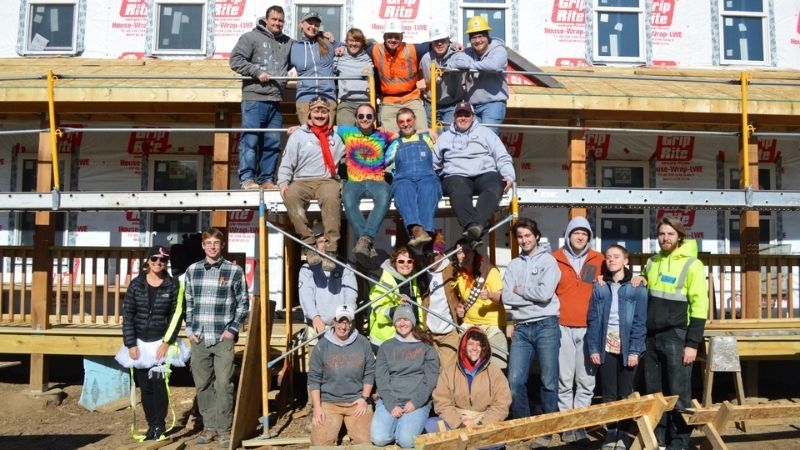
Hi everyone, I'm an AmeriCorps member serving in the Twin Cities Habitat for Humanity office. With this illustrious title comes everything you would...
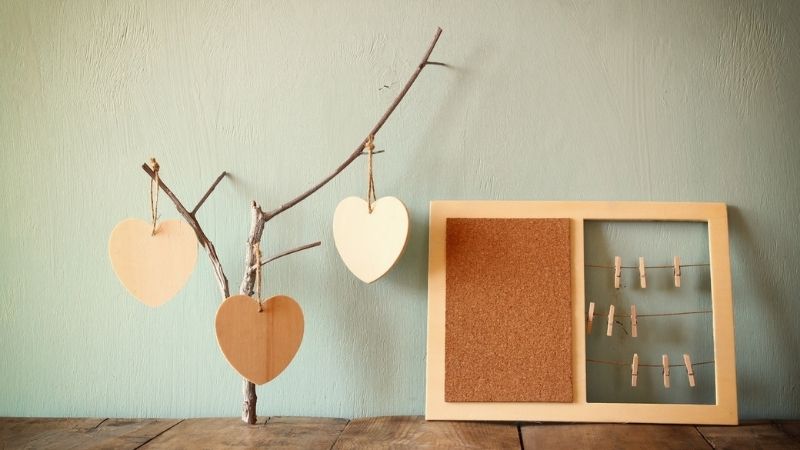
Updating your home decor is a fun way to spruce up the look of your house, but it can be expensive to redecorate a room if you shop at big box...
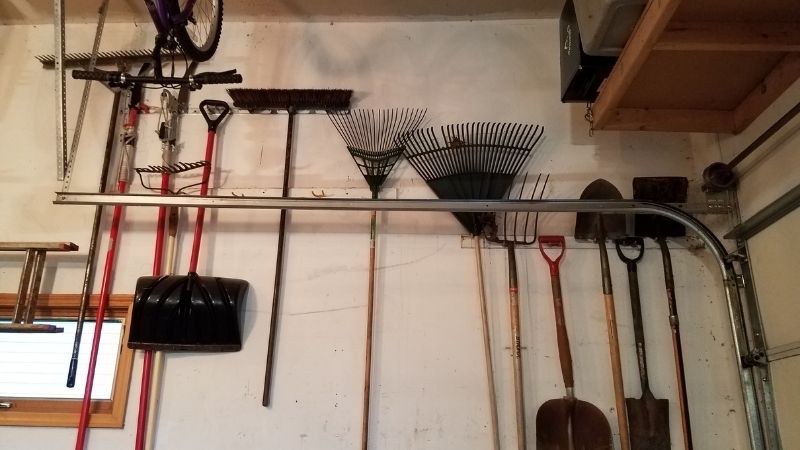
As the weather starts to turn cold and you begin moving all of your outdoor summer items inside to store for the winter, it’s a good time to think...